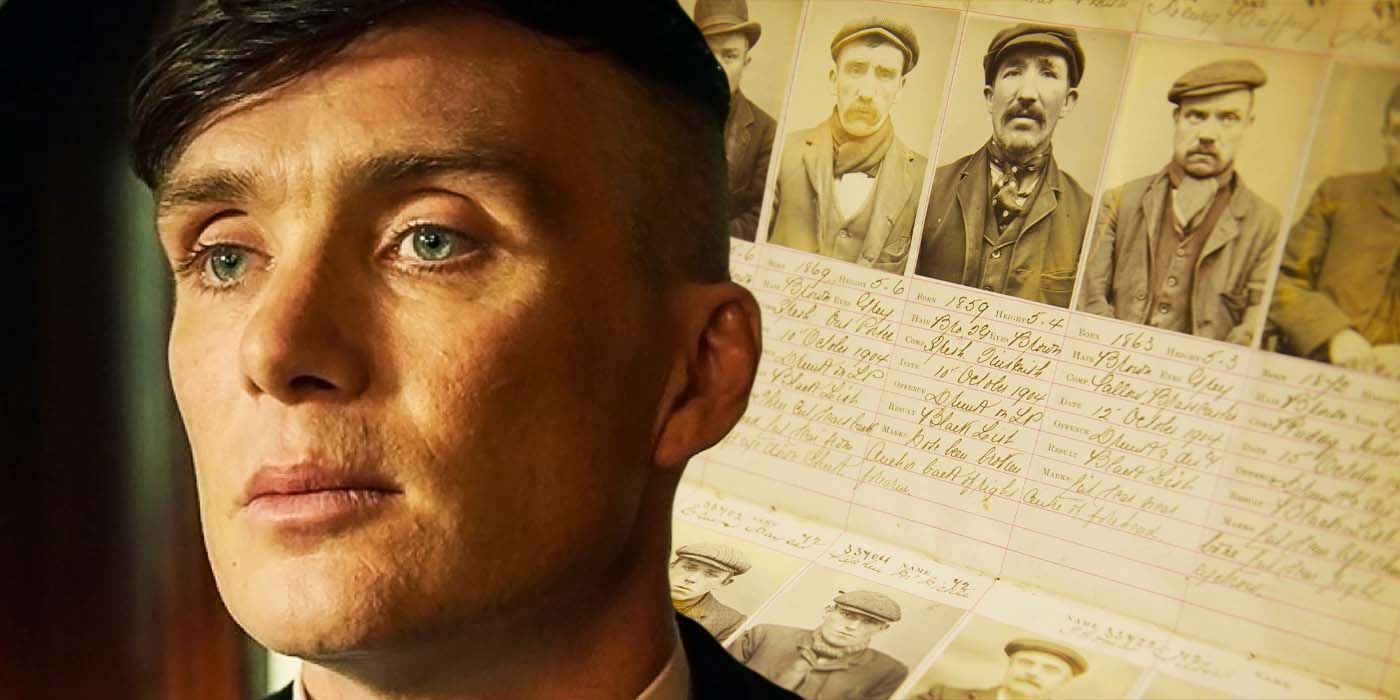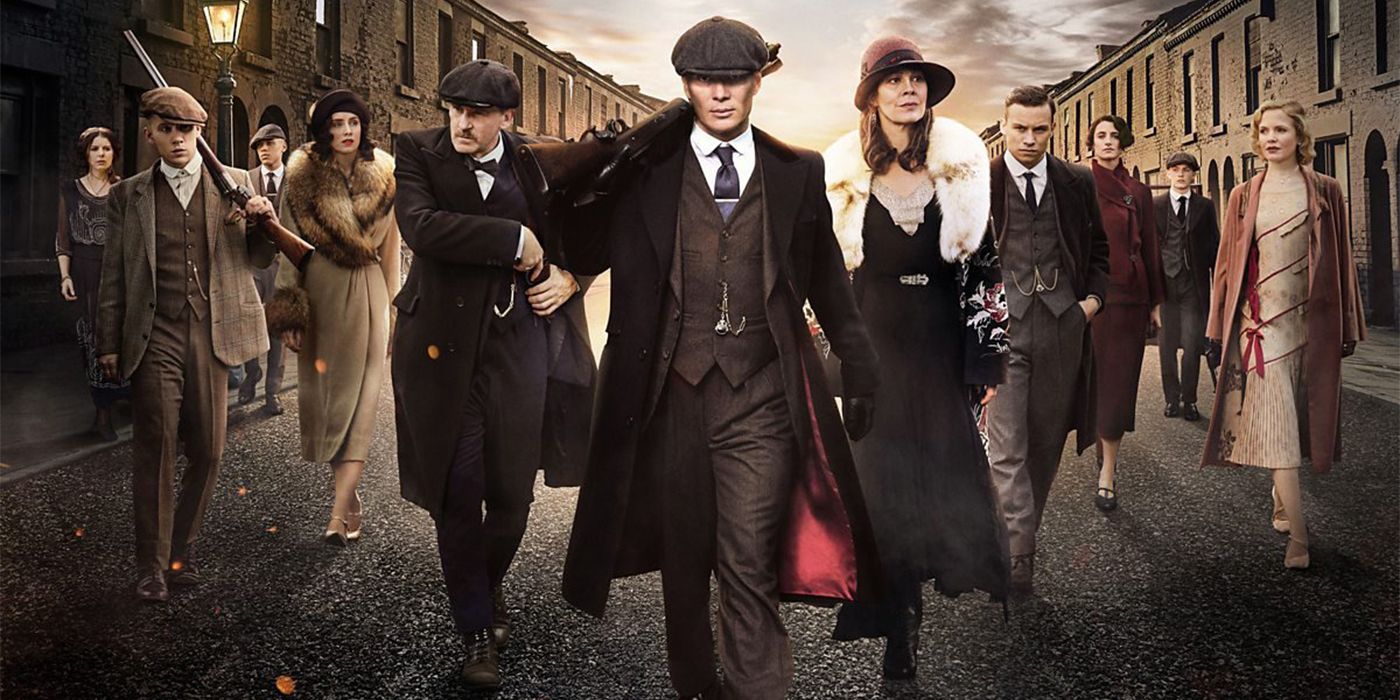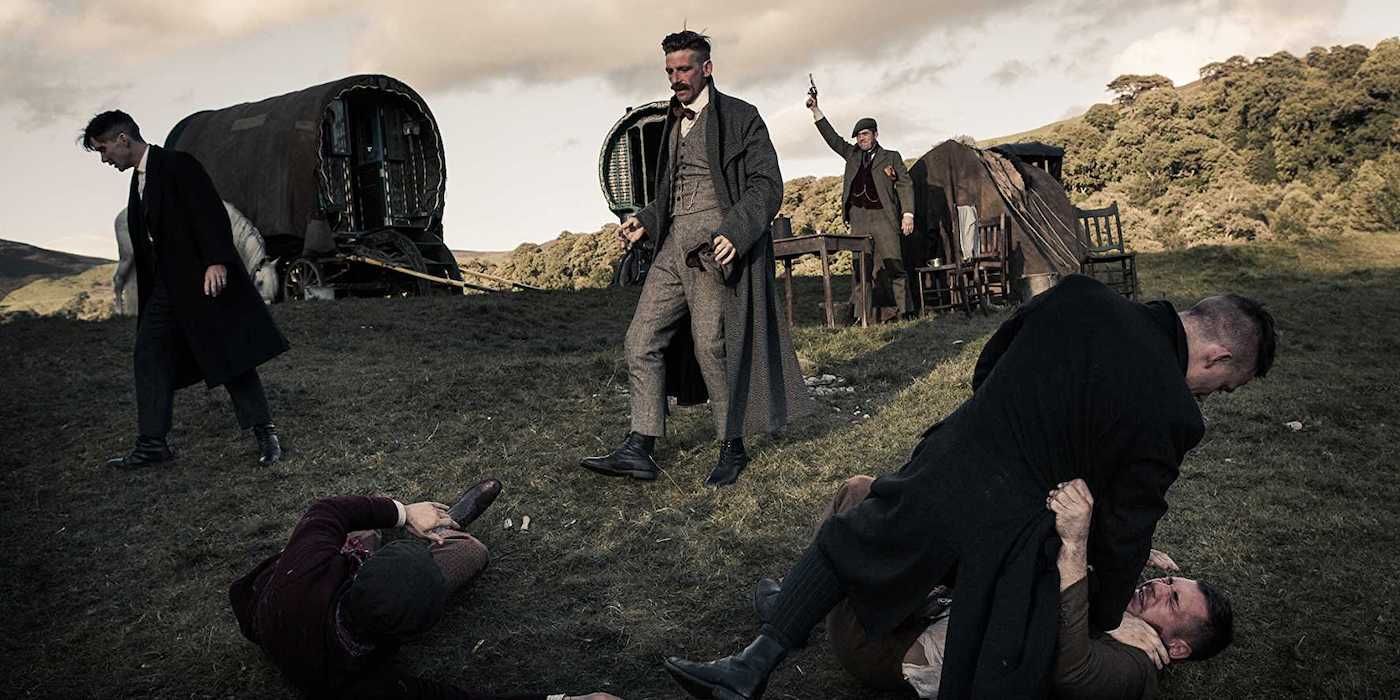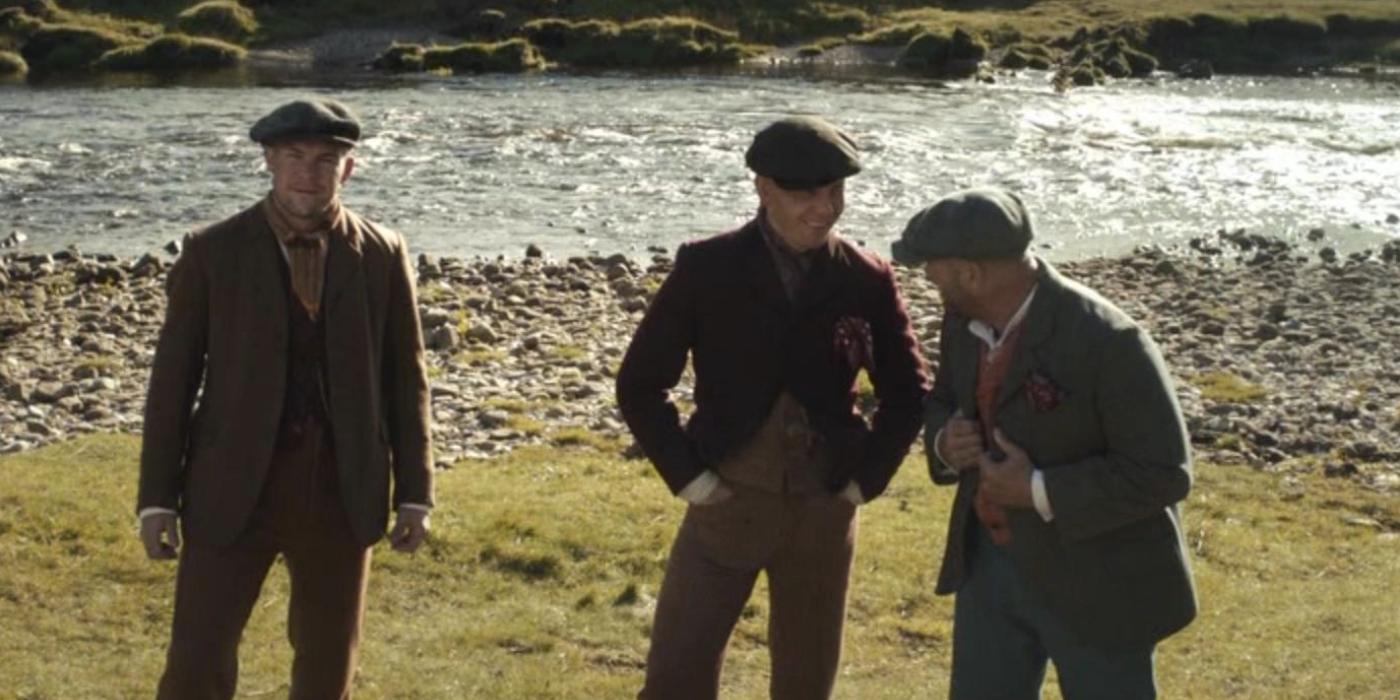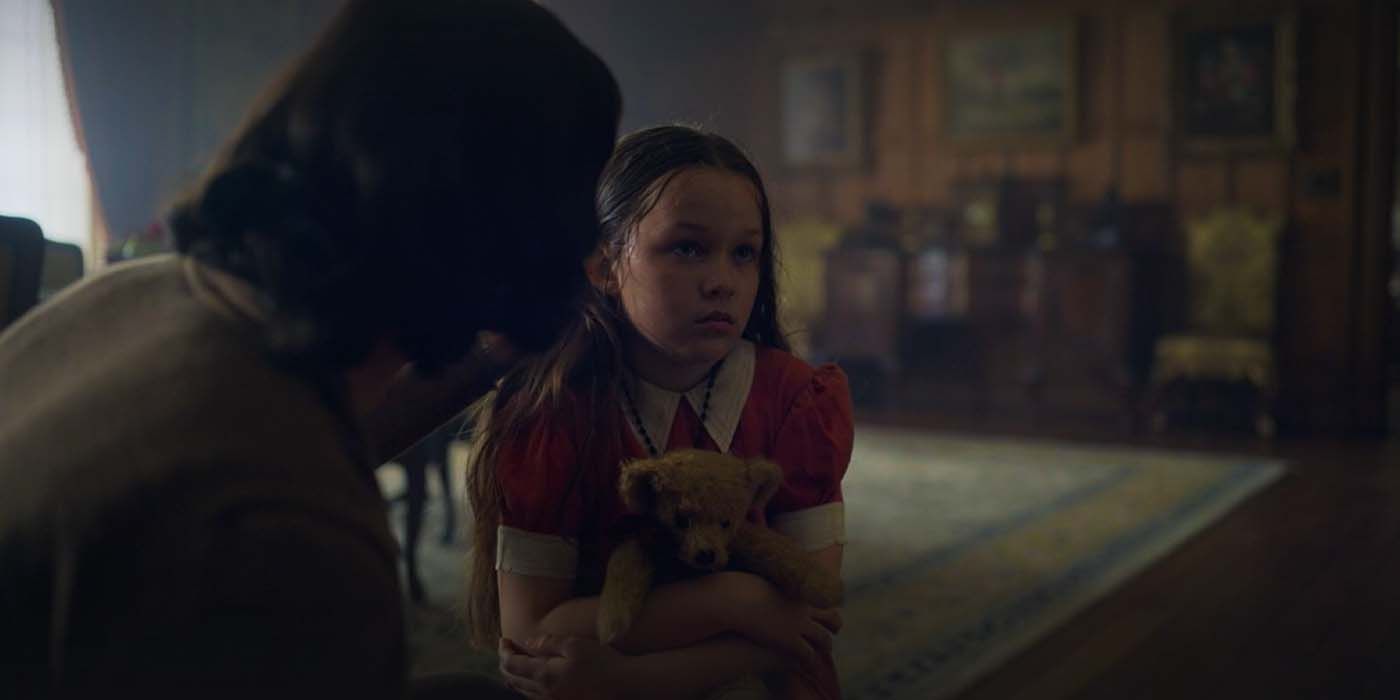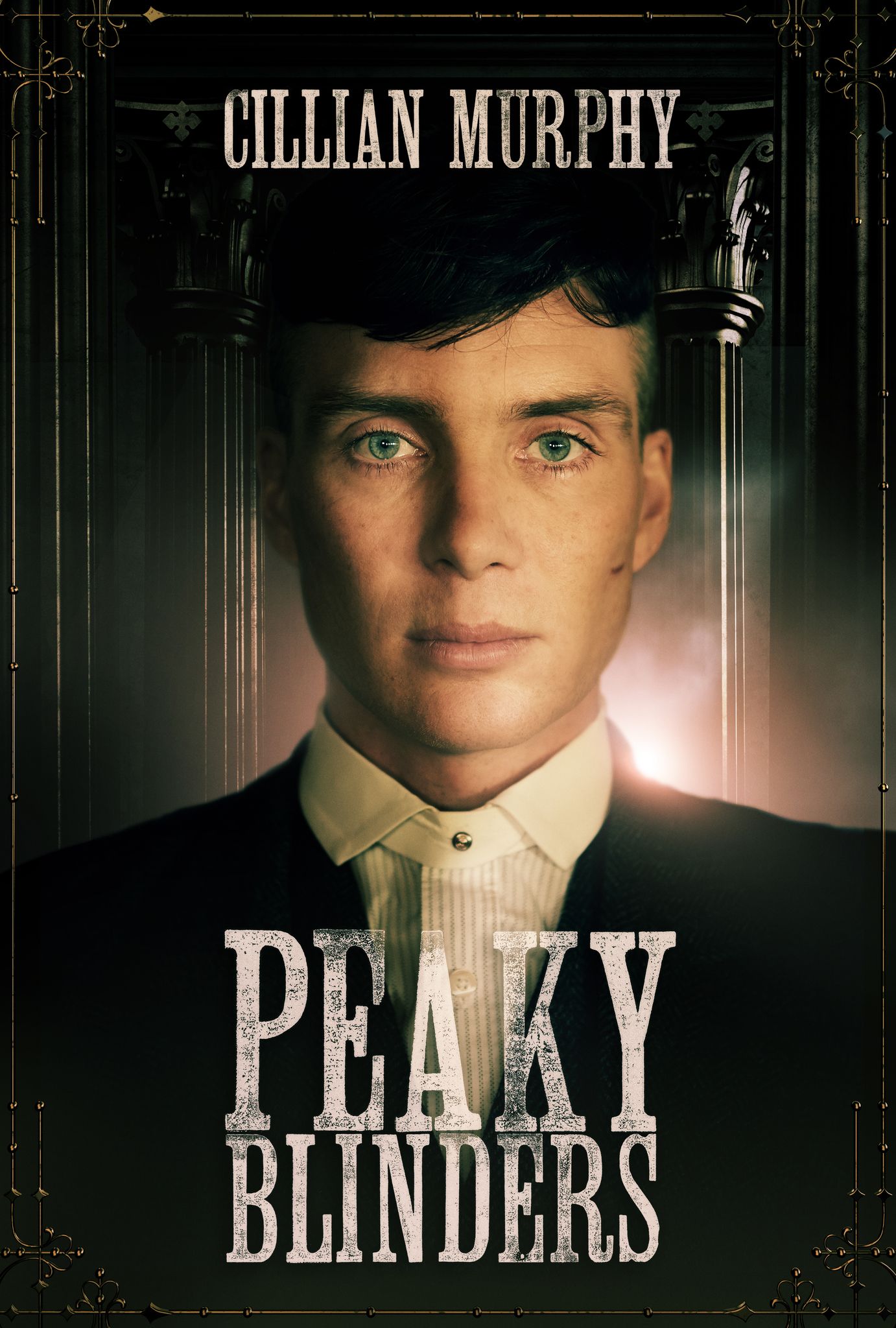Summary
- Peaky Blinders season 6 explores the Shelby family's Irish-Romani Gypsy heritage, but doesn't fully explain the distinct traditions of the Roma people.
- The Shelbys are specifically of Irish-Romani descent and refer to themselves as Gypsies, but their lifestyle differs from other Gypsy characters in the show.
- The use of the term "Gypsies" in Peaky Blinders is historically accurate, though many Romani people now prefer terms like "Rom" or "Roma."
The Shelby family’s Gypsy heritage plays a large role in Peaky Blinders and is a foundational element of the show’s storyline as well as a defining attribute of many characters – but many viewers still want to know what kind of Gypsy Tommy Shelby is. Tommy Shelby and his kin are Irish-Romani (sometimes spelled Romany) Gypsies, a unique cultural and ethnic group present in Britain since the 1500s. The award-winning Peaky Blinders is directed by Steven Knight and has run for 6 seasons, the most recent hitting U.S. Netflix in June 2022.
Peaky Blinders season 6 delves further into the Shelby family's Irish-Romani Gypsy heritage. However, it doesn't explain much about what makes Roma distinct from other nomadic cultures like Irish and Scottish Travelers. For example, the reasons why Irish-Romani Gypsies don't mention the names of their dead is a uniquely Roma tradition. Many viewers still want to know exactly what kind of Gypsy Thomas Shelby is, as the Peaky Blinders Gypsy connections to real history aren't explained in full.
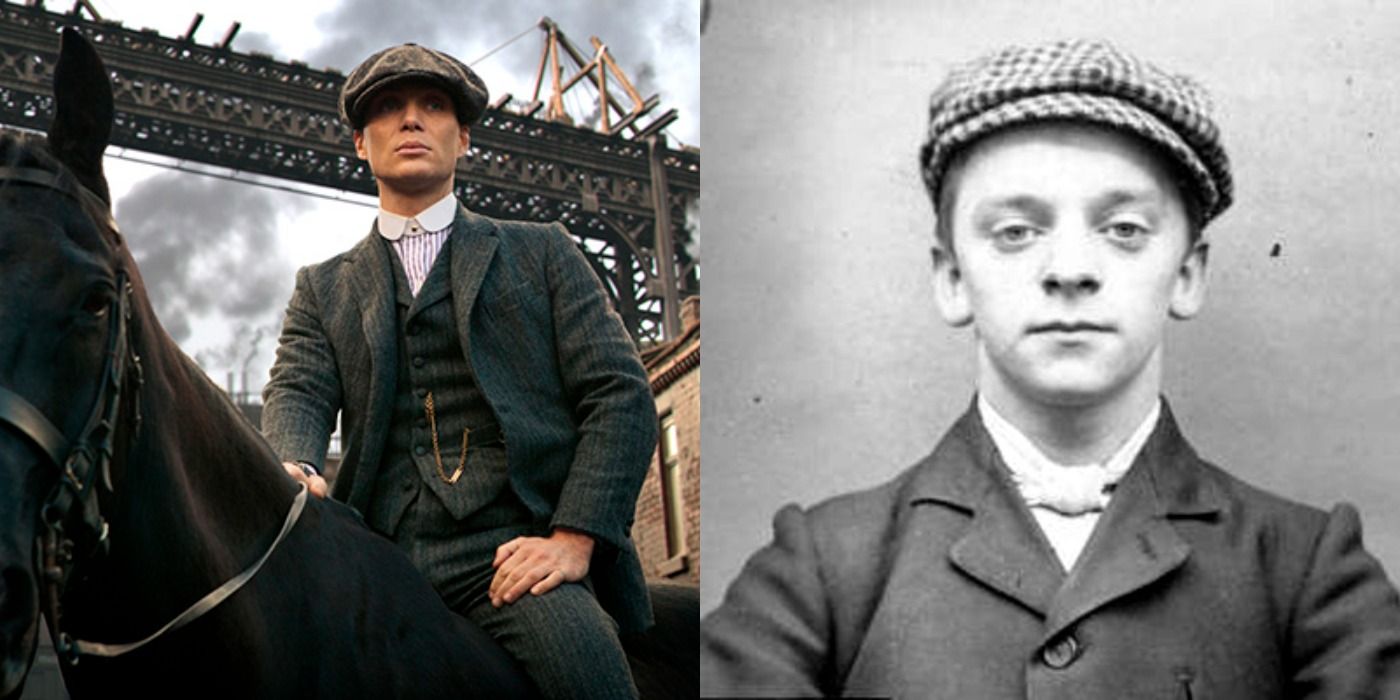
Peaky Blinders: 5 Things That Are Historically Accurate (& 5 That Aren't)
Peaky Blinders' historical accuracy is a part of what has made the show so popular. But how historically accurate is Peaky Blinders, really?Where The Shelby Family Comes From
Tommy Shelby And His Family Have Irish-Romani Heritage
Set in the early 20th century in Birmingham, the Peaky Blinders Gypsy storyline follows the Shelby family through their criminal dealings, detailing their rise from the slums of Small Heath to wealthy, powerful aristocrats with global reach. The Shelbys are specifically of Irish-Romani descent, but they refer to themselves and other Romani with the blanket term “Gypsies” in the show. Tommy Shelby, the gang’s leader, along with his siblings, Arthur, John, Ada, and Finn, have Irish-Romani heritage on both sides and consider themselves Gypsy.
Their paternal aunt, Helen McCrory’s irreplaceable Polly Gray, is the daughter of “Gypsy Princess” Birdie Boswell, and their mother comes from the Lee family. Additionally, several of the important Peaky Blinders Gypsy characters come from the Shelby family’s Gypsy ties like Tommy’s close friend, Johnny Dogs, and Aberama Gold, who is Polly’s love interest and Tommy’s hired assassin. John Shelby's wife, Esme, is also a Romani Gypsy in the show, with her character playing a huge part in Peaky Blinders season 6 because of her Romani heritage and her connection to the Shelby family.
When preparing to begin filming Peaky Blinders in 2013, actor Cillian Murphy said (via Independent), “Steve Knight, the creator of the show, took me to Birmingham, where he's from, to meet his buddies so I could record their accents. I spent time with Romani Gypsies. I learned about extreme poverty.” As with Peaky Blinders' adaptation of the real-life Birmingham gang, the Peaky Blinders, the show reveals much about the Romani heritage and traditions but also takes creative rather large liberties along the way.
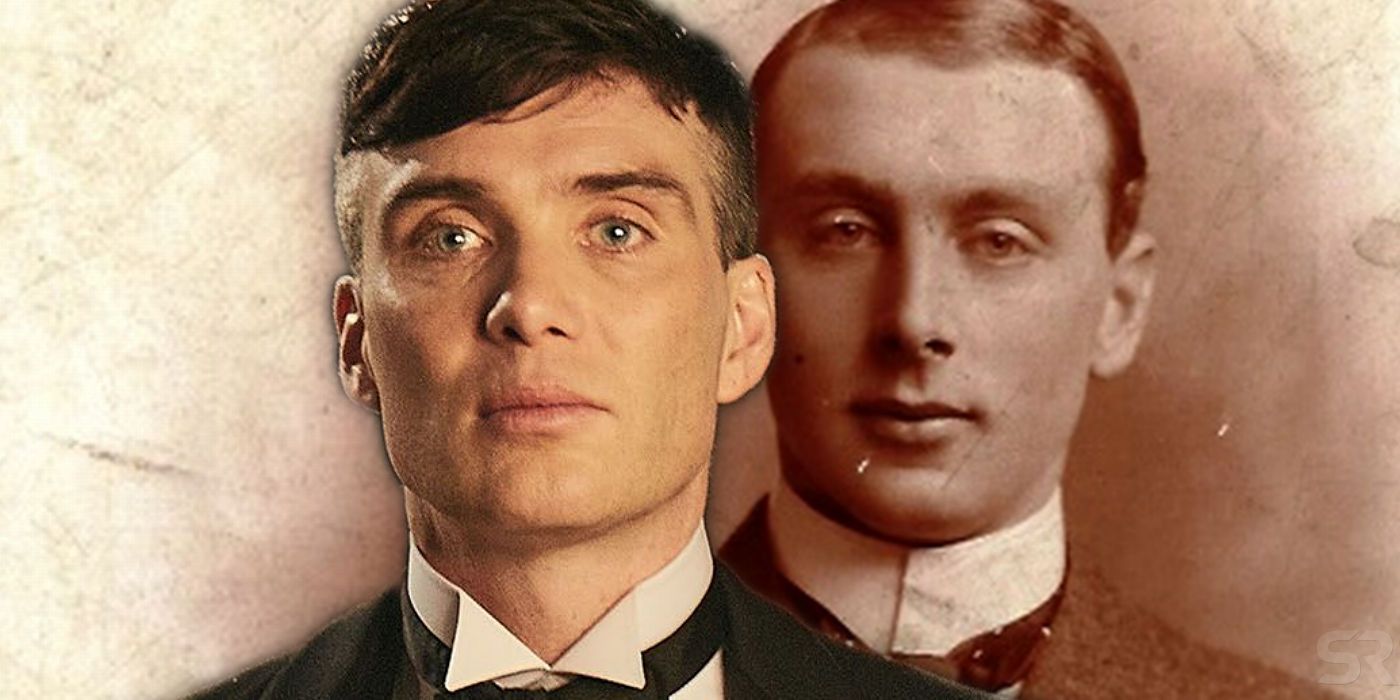
Peaky Blinders True Story: How Much Really Happened
Created by Steven Knight, Peaky Blinders is based on a true story but also heavily fictionalized for dramatic purposes. Here's what really happened.Peaky Blinders Uses Real-Life Romani History
Thomas Shelby's Gypsy Heritage Has Many True Elements
Because he doesn't live in a wagon in Peaky Blinders, many viewers unfamiliar with Irish-Romani culture wondered if Tommy Shelby really is a Gypsy. He and the Shelbys refer to themselves as such, although they live a notably different life to other Peaky Blinders Gypsy characters in the show. While many Irish-Romani and Roma Gypsies do live in nonstationary settlements, the belief that no Gypsies can have permanent abodes is a misconception. Peaky Blinders' protagonist Tommy Shelby has Irish-Romani Gypsy heritage, but like many real-life Romani families left the nomadic lifestyle several generations before the 1900s.
Of greater significance to the Romani people is living in groups consisting of immediate or extended family. In the early 20th century, the Romani camps would have been covered wagons or vardos (wooden wagons) like in the show. While Peaky Blinders refers to the Romani people as Gypsies, and the term is being reclaimed by contemporary Roma and other traveler communities, it was considered pejorative for many decades. Alina Bradford states (via livescience) that “some people consider that a derogatory term” and points out that many Romani people still refer to themselves as “Rom,” “Roma,” “Roman,” or “Romany.”
As some fans point out, Peaky Blinders has a history problem, but the use of the term Gypsy isn't a symptom. When the Romani people first distanced themselves from the term “Gypsies” is unclear, and it was likely because of the historic persecution associated with that term and its propensity to be used as an umbrella term for all contemporary nomadic cultures. However, in recent years many Romani have started to reclaim the label. The use of the term by both Roma and non-Roma was common at the time of Peaky Blinders, and is historically accurate, even if today its use is still debated even within Romani communities.
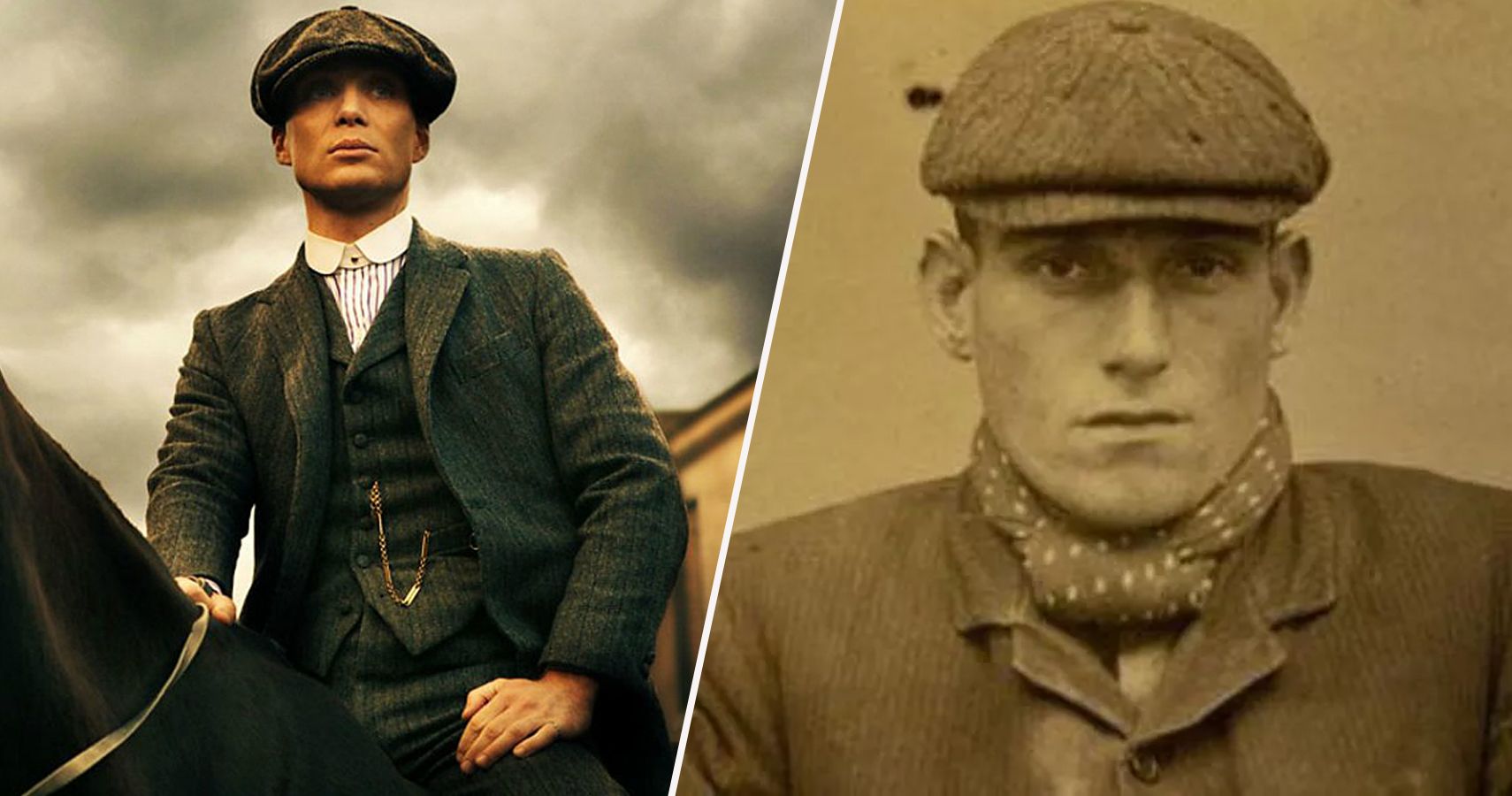
Peaky Blinders: 5 Historical Facts The Show Gets Right (& 5 It Gets Totally Wrong)
Peaky Blinders is a popular crime drama with many fans, and here are a few historical facts the show gets right and a few it takes liberties with.Is The Gypsy Language In Peaky Blinders Real?
The Show Made Many Errors With Its Portray Of Irish-Romani Language
Peaky Blinders is a British period drama, but it takes some liberties with accuracy like many other entries in this genre, and there are discrepancies in the language spoken by the show’s Romani Gypsies. Throughout the Peaky Blinders Gypsy storyline, Tommy, Aunt Polly, and several other characters speak what they call “Romani,” but the language used in the show is a version of Romanian, whereas the Romani people are believed to come from India.
Stephanie Pappas (via livescience) follows a recent genetic study from Current Biology claiming that the modern Romani people spread across Europe after originally migrating from northwest India, and their language reflects that. Regardless of origin, Peaky Blinders' version of the Romani language takes center stage in Peaky Blinders season 6, episode 1 when Tommy and Lizzie's young daughter, Ruby, becomes ill and begins speaking Romani. When Ruby mutters the Gypsy curse "Tikna Mora O Beng" through her fevered state, the "Gypsy" phrase unsettles Tommy, who believes it to be a threat sent from the beyond.
Tommy Shelby Gypsy Curse: What Was Ruby Shelby Saying In Romani
"Tickna Mora O'Beng" Means "Devil"
Ruby's words in Peaky Blinders season 6 cause Tommy to insist she wears a charm of the Black Madonna. The words the Peaky Blinders Gypsy Ruby says, "Tickna Mora O'Beng", loosely translates to "devil" in Romani, according to creator Steven Knight (via Digital Spy). It didn't matter what Ruby's words meant as far as Tommy was concerned. The fact it was "gypsy stuff" was enough for him to panic. Tommy wasn't raised in a nomadic Gypsy settlement himself, but he shares many of the beliefs. Tommy's paranoid curse superstition when it came to Gypsies was standard for the 1930s, though, even outside of Romani culture.
In the general populace, it was largely based on commonly held racial prejudices. Many believed that the Romani people dabbled in the supernatural. Polly's séances and Grace's cursed necklace would have been seen as legitimate by the majority of everyday people. Of course, there is literally no evidence to support these prejudicial associations with witchcraft, curses, or magic. There's plenty that explains why these stereotypes were so deeply entrenched, though. Historically, Gypsies have often been persecuted and scapegoated for their supernatural ties, and those stereotypes really stemmed from Romani Gypsies being seen as outsiders due to their nomadic way of life.
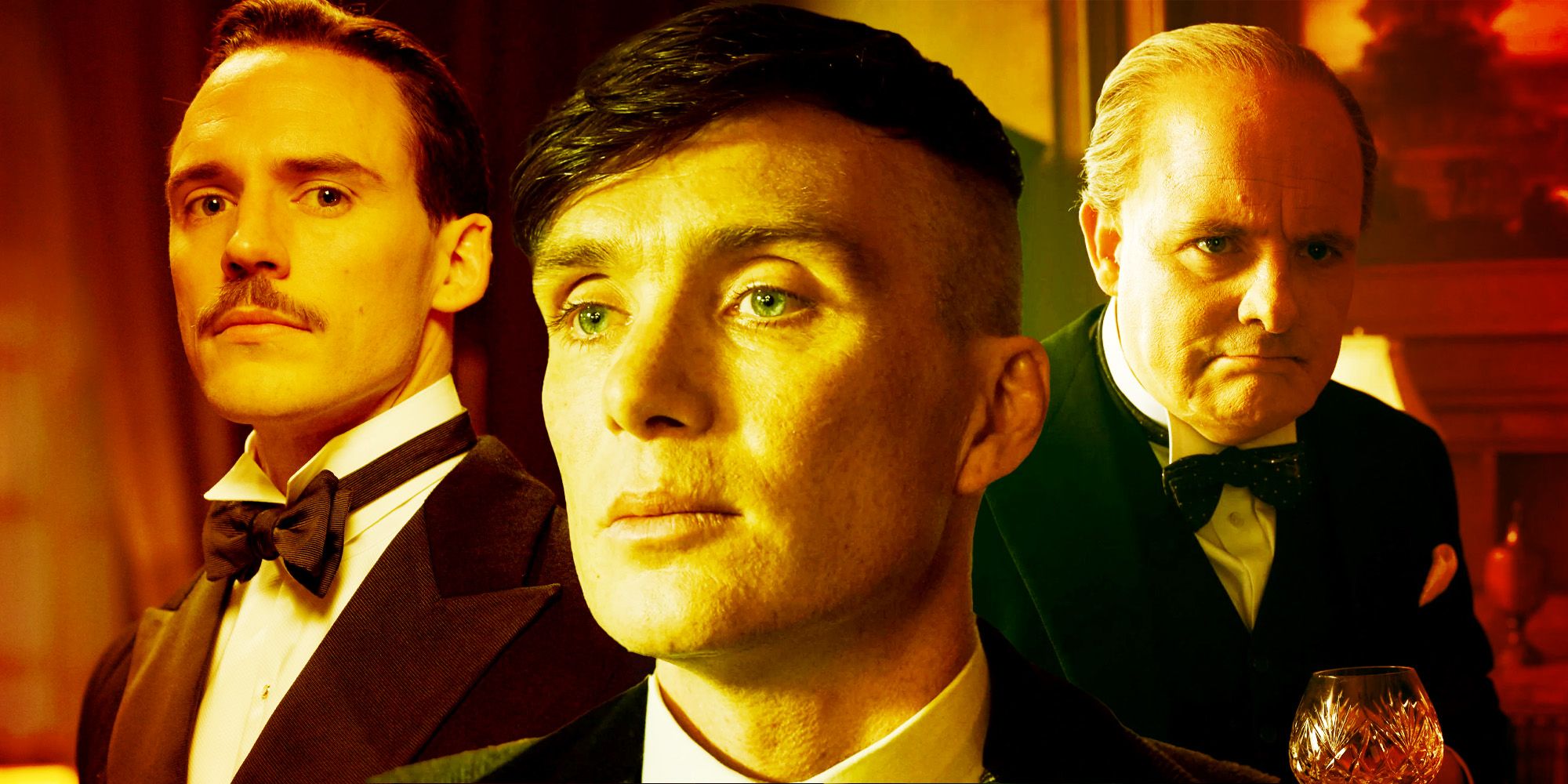
10 Characters Based On Historical Figures In Peaky Blinders
Peaky Blinders follows the fictional Shelby family's criminal enterprises, but there are some characters who actually existed in real life.Were The Real Peaky Blinders Romani?
The Real Peaky Blinders Gang Had A Diverse Membership
The Peaky Blinders gang that historically operated in real-life 1920s Birmingham drew men from many cultural backgrounds, including Irish-Romani Gypsies like the Peaky Blinders Gypsy characters. Many Romani Gypsies in the real Peaky Blinders came from an area known as The Black Patch (near modern-day Smethwick). The Black Patch was a huge Gypsy camp in the UK in the early 1900s, but the thousands of residents were forcibly evicted in 1909 to make way for a public park. Unfortunately, the forced "moving on" of Gypsy camps, Romani and otherwise, still happens in the UK and Europe today.
In the time of the Peaky Blinders, many of the thousands of evicted Gypsies from The Black Patch and similar settlements made their way to urban population centers like Peaky Blinders' setting of Birmingham. There they found the abject poverty and squalid conditions that birthed gangs like the Peaky Blinders. However, Tommy Shelby, his family, and other Peaky Blinders Gypsy characters are fictional and were created for the show. It's not known who founded the real Peaky Blinders.
Judging by contemporary newspapers, a man named Thomas Mucklow may have been the first to organize the already-existing clusters of criminal youths under the Peaky Blinders name. There's no evidence that Mucklow was an Irish-Romani Gypsy, however, and Mucklow isn't one of Birmingham's known Gypsy family names (but it is a common English one). The truth is that the real Peaky Blinders were drawn together by the unlivable poverty they shared in the slums of Birmingham in the early 1900s rather than a single ethnic background like the Irish-Romani Shelby family in Peaky Blinders.
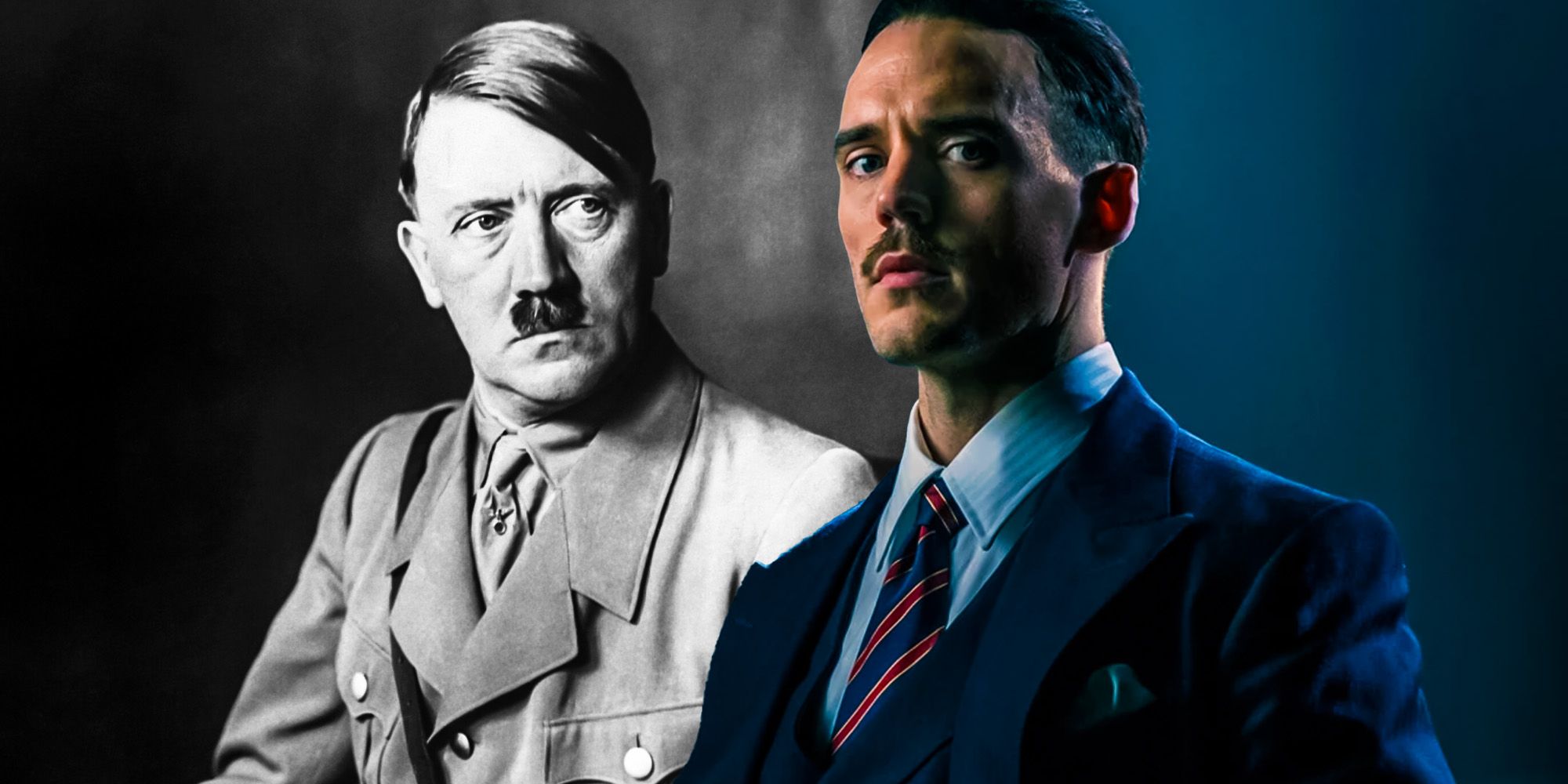
Peaky Blinders True Story: How Close America Came To Allying With Hitler
Peaky Blinders' Jack Nelson is based the real Joseph Kennedy, and, as the series suggests, America could have become pro-Nazi early in World War II.Romani Or Otherwise, The Show Got One Thing Right With The Shelby Family
Peaky Blinders Accurately Captured How Deadly The Real Gang Was
The Peaky Blinders Gypsy portryal problems aside, the series did get something right about the Shelby family: the real Peaky Blinders gang was just as deadly. While the show does take a fair amount of historical liberty, it can't be denied that the real Peaky Blinders gang was a force to be reckoned with, and while they may not have been as homogeneously Gypsy as the show depicts, the series does at least portray their level of violence accurately as well as the struggles of the period. The real Peaky Blinders were founded in the working class Small Heath area of Birmingham.
One shocking event that happened in Peaky Blinders season 1 is mirrored in history, as an Irish police officer was called to restore order to the West Midlands, but was held up by corruption among his colleagues. The main difference between the real Peaky Blinders and the Shelby family is the latter's reach. The Peaky Blinders gang was mostly involved in robberies, racketeering, and violent crimes. Regardless, their menace was the same, and the real gang terrorized Birmingham for as long as they could. So, while Peaky Blinders isn't wholly accurate in its history, the fictionalized Shelby gang was just as violent as their real-life counterparts.

